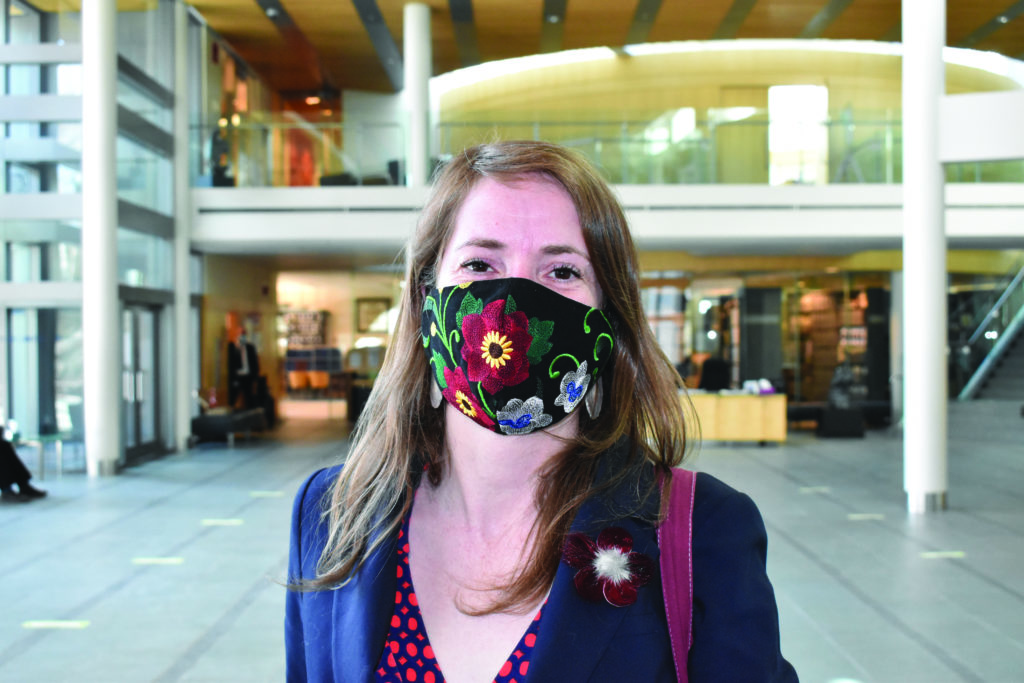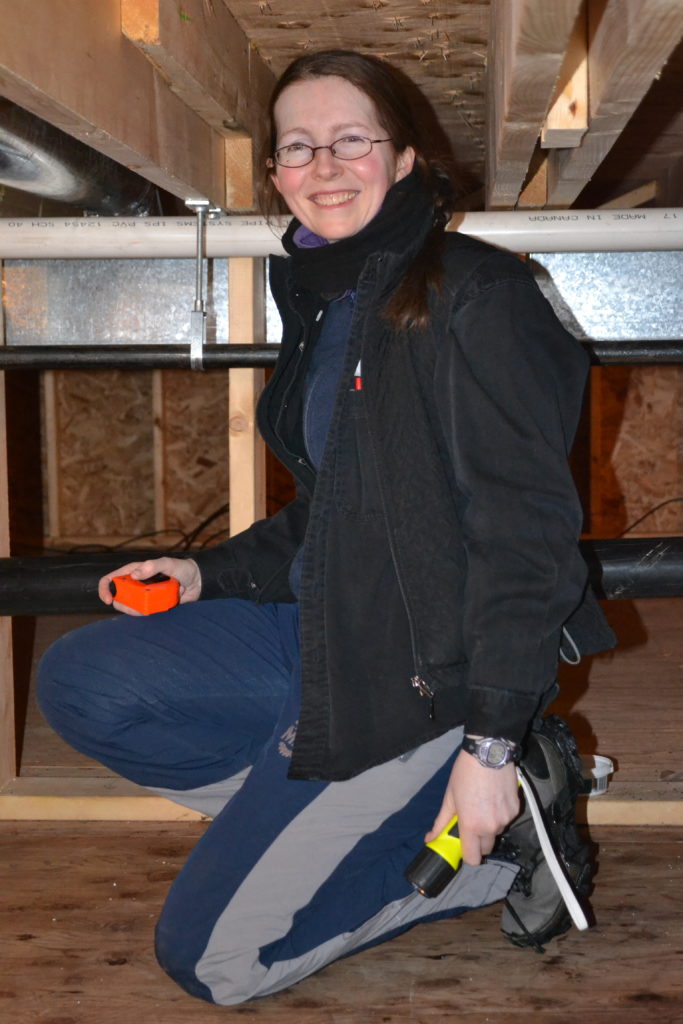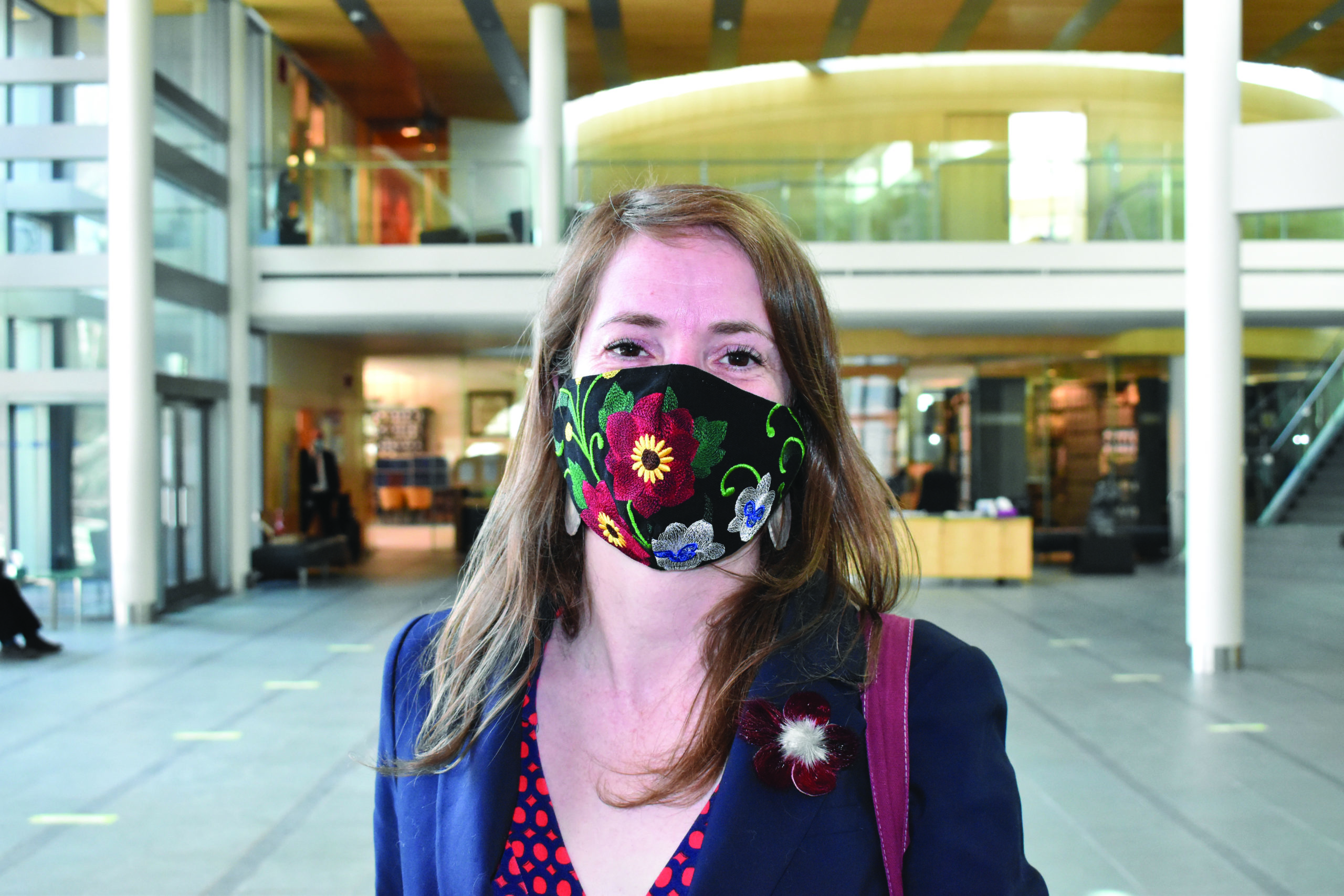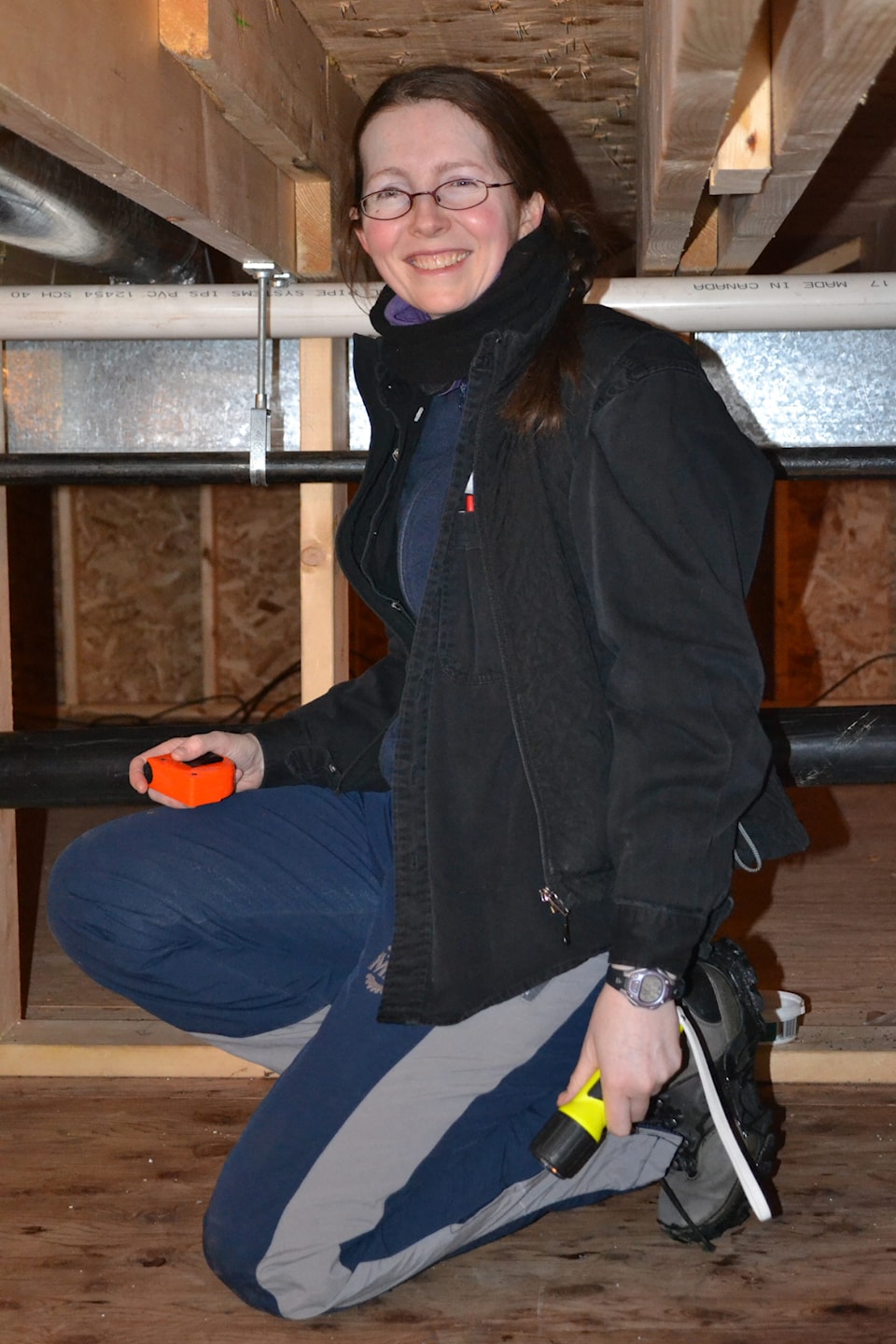“So you're a female engineer? What if you want to have children? Do you really want to work all those long hours?”
These are the kinds of patronizing questions that women entering the fields of science, technology, engineering and mathematics (STEM) have to contend with on a regular basis. That's without getting into the sexual harassment and unwanted advances from their male counterparts in the workplace.
“I've had hands put on me in camp. I've had people be in the bathroom when I came out of the showers. Women in camps hadn't been normalized yet,” recalls Great Slave MLA Katrina Nokleby, who moved to the NWT to work as a geological engineer 15 years ago.

“My job gave me a bit of PTSD. You're trying to do your job professionally but then you're spending your down time kind of fending off advances personally. I never felt like I knew how to deal with it properly. There was no support from my employer. They never debriefed me on my experiences.”
Today, misogyny and outdated notions about gender roles still linger in the STEM community, but their prevalence is coming under increasing scrutiny.
Nokleby said she noticed a shift in attitudes toward women in STEM during a 2017 conference in Ottawa. It was around the time the Harvey Weinstein allegations came out, at the height of the MeToo movement.
“People were asking questions at that conference about women in engineering. Some male engineers approached me and talked to me about how to approach the issue. (Even) some of the older engineers were talking about it too. I wouldn't have seen that 10 years ago.”
That same year, a woman engineer told her that the vice chairman of the NWT Power Corporation had a meeting with her and offered his support if she ever faced inappropriate behaviour.
“It was nice to know that some men are thinking that way today,” Nokleby said. “And women today are raised to be more vocal. I was raised in a generation where people thought it was better to be more accommodating to get along. There is more support for women today. I truly believe so.”
A statistical shift for women
The numbers of working women engineers in Canada reflect the changing gender balance in STEM.
In 2008, just 9.5 per cent of professional engineers (P.Eng) were women, according to Membership Reports from Engineers Canada.
In 2013, that number had risen to 13.3 per cent and by 2019 it reached 14 per cent. The organization hasn't yet released data for 2020.
Proportions of women working in engineering in the NWT and Nunavut are similar.
A report from the Northwest Territories Association of Professional Engineers and Geoscientists (NAPEG) shows a modest fluctuation of women in the field between 2012 and 2020.
In 2012, women represented 12 per cent of resident engineers. Representation rose to 16 per cent in 2013 and 2014, then dropped slightly in the following years. In 2020, women represented 14 per cent of engineers.
30 by 30
Data on women in engineering helps support the 30 by 30 Initiative of Engineers Canada which aims to raise the representation of women in the field to 30 per cent by 2030, said Elaine Gillespie, a mechanical engineering lead at TAG Engineering in Yellowknife.
“One thing 30 by 30 focuses on is retention and to reach a critical mass where we feel barriers have been brought down,” said Gillespie, who is also NAPEG Champion for the Engineers Canada 30 by 30 Initiative.

“I graduated from university in 2001. But when I think about the women I went to school with, quite a few of them aren't in engineering anymore. Is that happening more with women than with men?”
“It may be that we're getting just as many women coming in (to engineering), but are they still there after four years? Having a family, is that something that the career is set up for? Are there barriers women are facing? Are there barriers in advancement or the workplace culture? There are a lot of questions that we ask and analyze.”
More women training in North
Proportions are significantly higher for women engineers-in-training (EIT) in the two territories.
In 2012, 30 per cent of EITs were women. The figure dropped to a low of 25 per cent in 2015, then rose to 38 per cent in 2020.
Gillespie said her “personal theory” behind the higher proportion is that the North draws a lot of EITs who can get good experience early on in their careers, but they don't tend to stay in the longer term.
Women tend to be represented more as volunteers in the engineering world, Gillespie said, citing past NAPEG president Karen Costello and current first vice president Melanie Williams.
To make 30 by 30 a success Gillespie said one key is getting more young girls interested in STEM subjects from childhood.
“That's something they're not necessarily aware of. There might be some unconscious biases in what women do in school. Increasing visibility of women in the profession and encouraging teachers to promote those fields to girls are also very important.”
New generation, more support
The experience of Jada Hawkins shows some of the progress that has been established by older generations of women engineers.
The fifth-year student of mechanical engineering at the University of New Brunswick benefited from having female role models when she was growing up in Yellowknife.
“I had the privilege of meeting several engineers in Yellowknife. My Girl Guide leader (Delia Chesworth) growing up was an engineer. And Katrina (Nokleby) helped out with the events we did,” Hawkins said.
She estimates her mechanical engineering class is 20 to 30 per cent women. Hawkins admits that being in a male-dominated classroom is sometimes “nerve wracking” but she has been encouraged by the support of some male classmates.
“I remember doing a presentation. I realized I was the only woman in the room, there were 12 to 13 men. I mentioned to a friend that I was really nervous about that and he said he could invite some girls to sit in with us on the presentation so they could be here. We didn't end up doing that but it made me feel better that more women could be there.”
Student societies like Women in Engineering and Diversity in Engineering do a good job of promoting and supporting women in the field as well.
Work remains to be done
Still, Hawkins has not had a female professor yet.
“I think that would make a big difference to have someone who can relate to you a little bit more. A lot of professors give us advice on being an engineer and I think a female perspective on that would be very different.”
And while she's a generation removed from a time when women represented an even smaller part of engineering, echoes of older thinking show the field isn't as advanced as it could be.
Hawkins has felt pressures suggesting that women in engineering “represent their gender” and “we're not quite allowed to mess up.”
“I've noticed when I go somewhere or mention that I'm in engineering people ask what it's like. I like that but I also realize they see me as a female engineer and not just an engineer. They're acknowledging that we're trying to break down barriers but also putting that label on us.”

